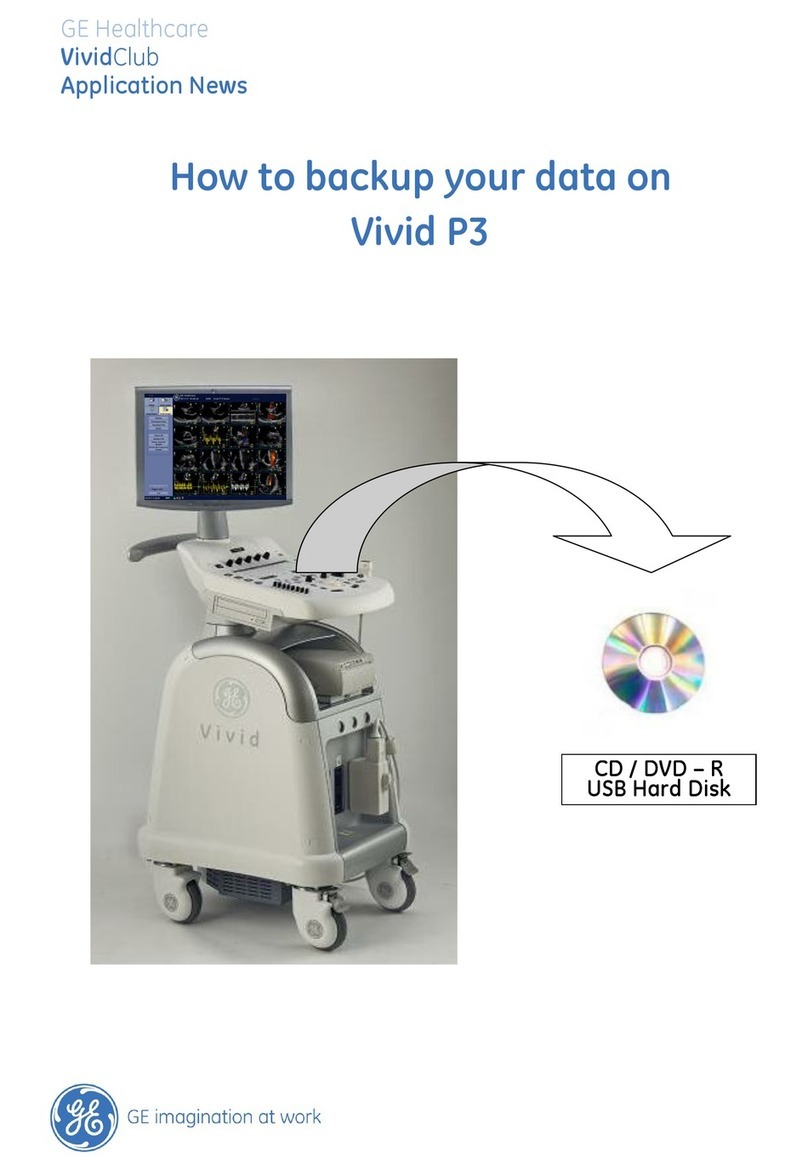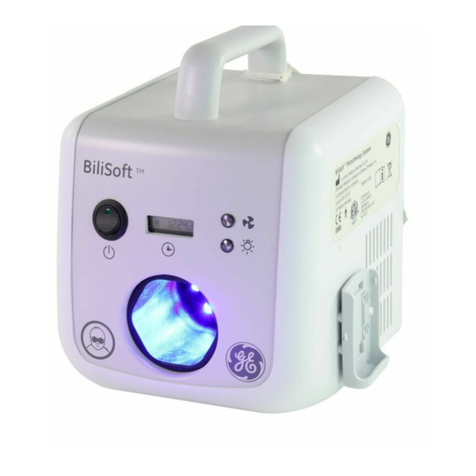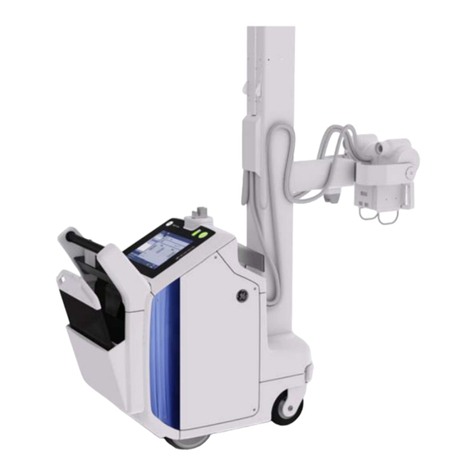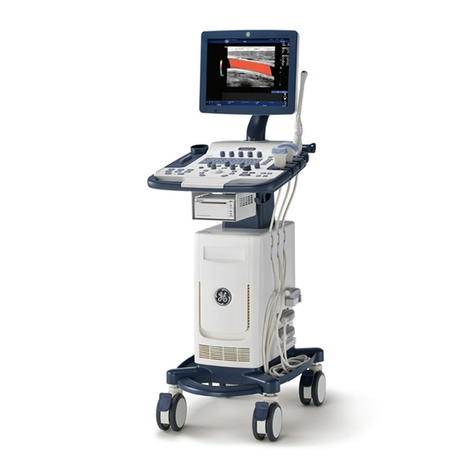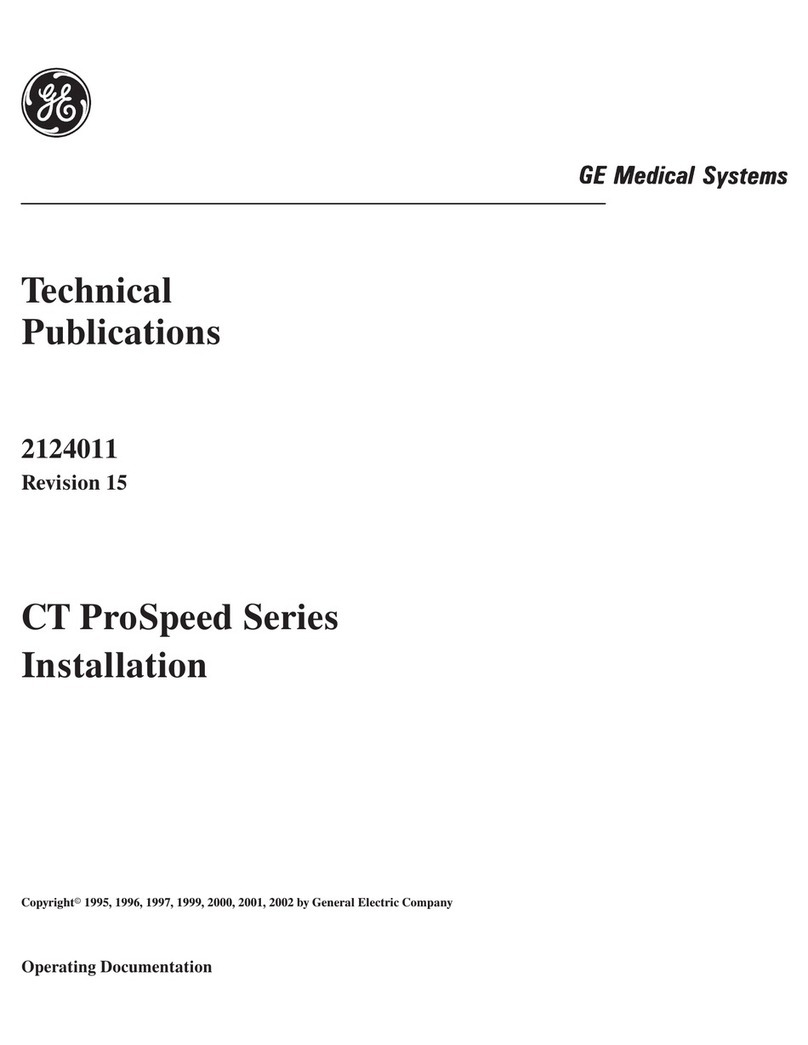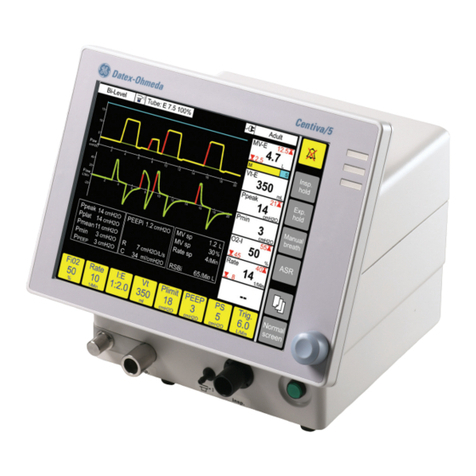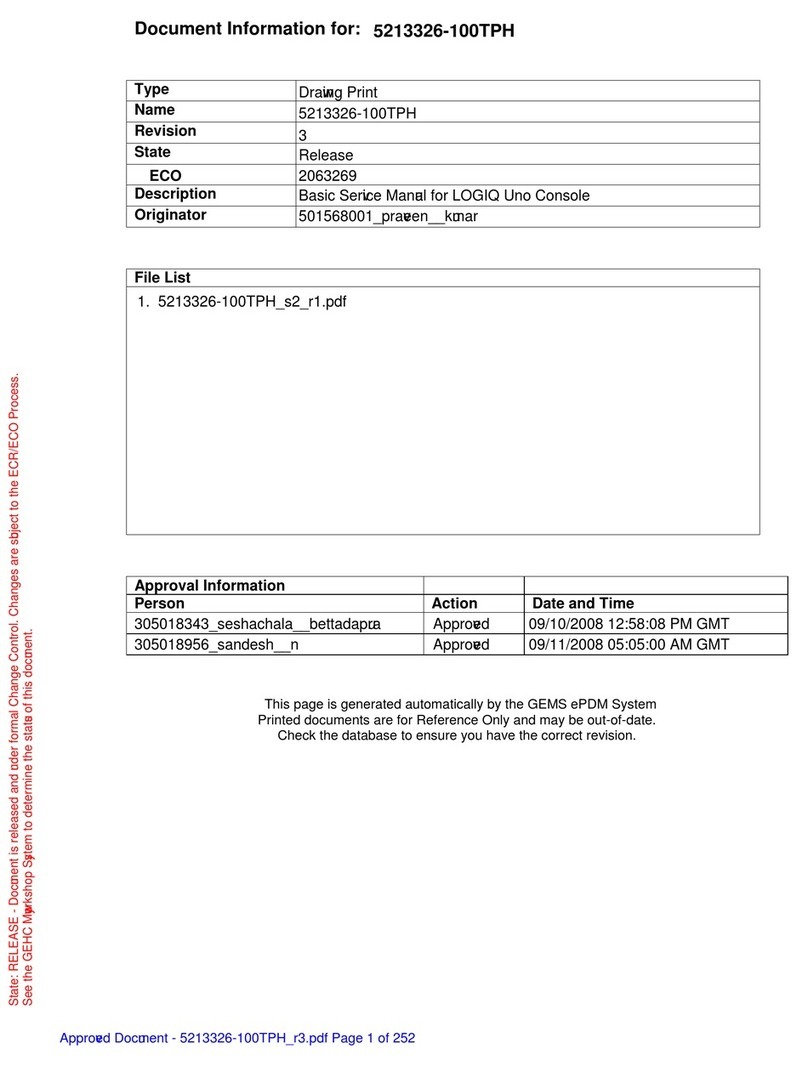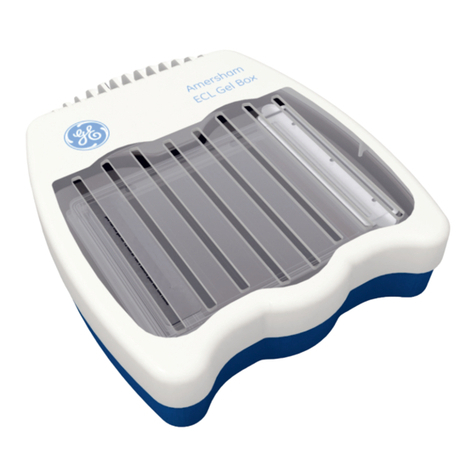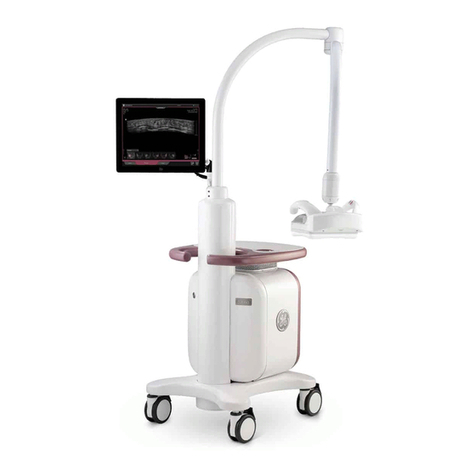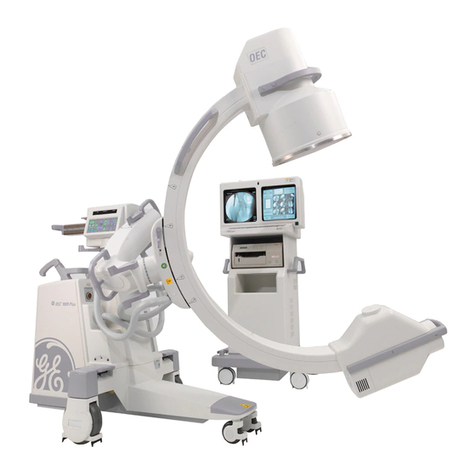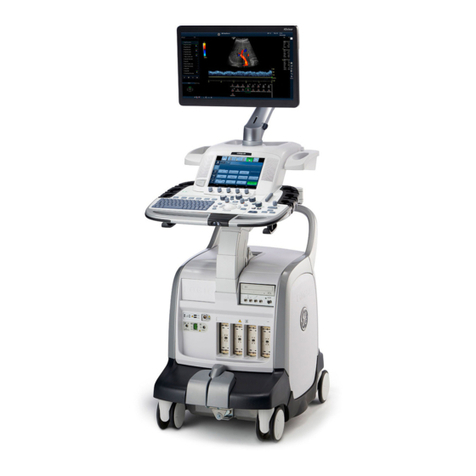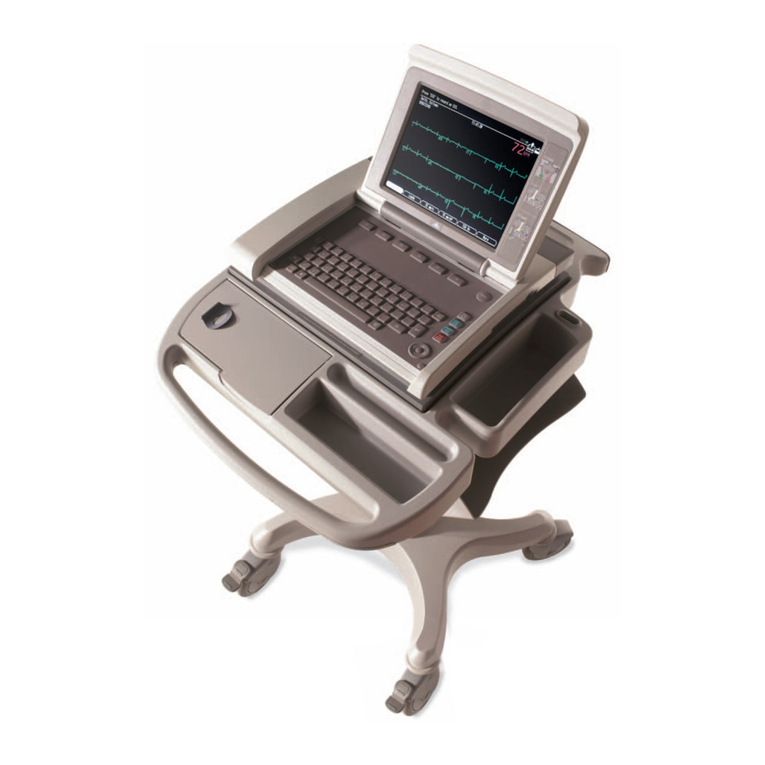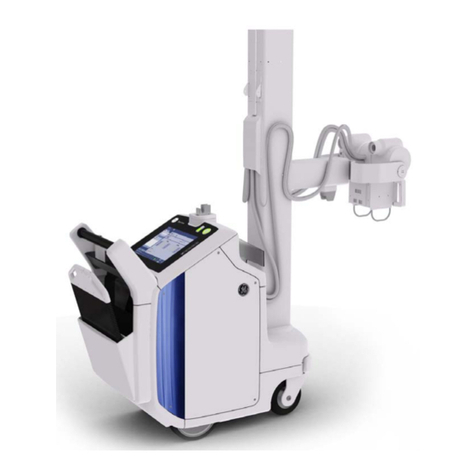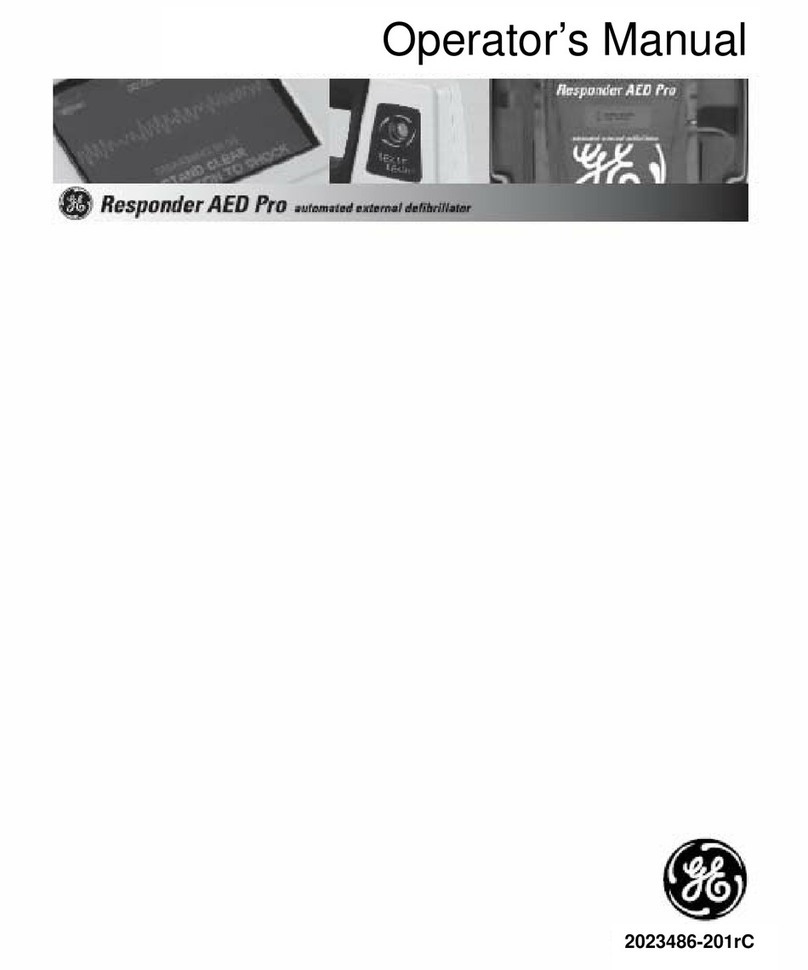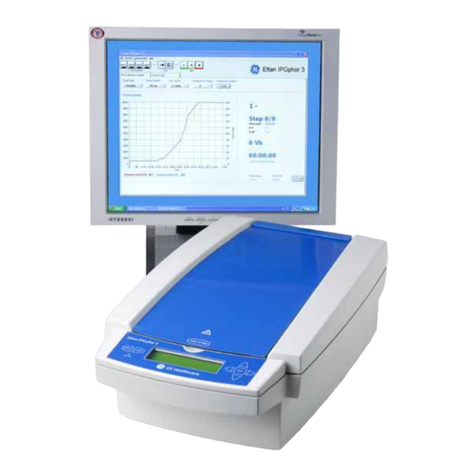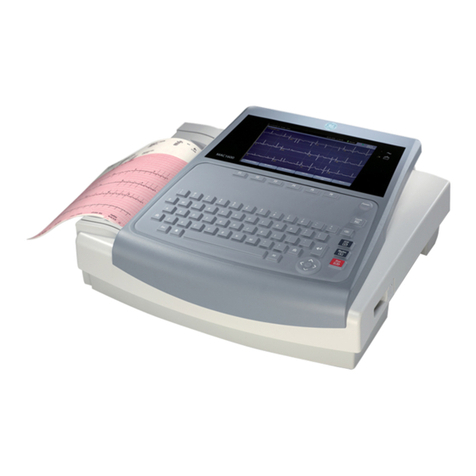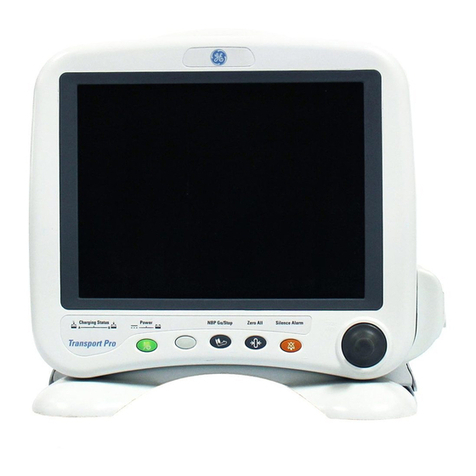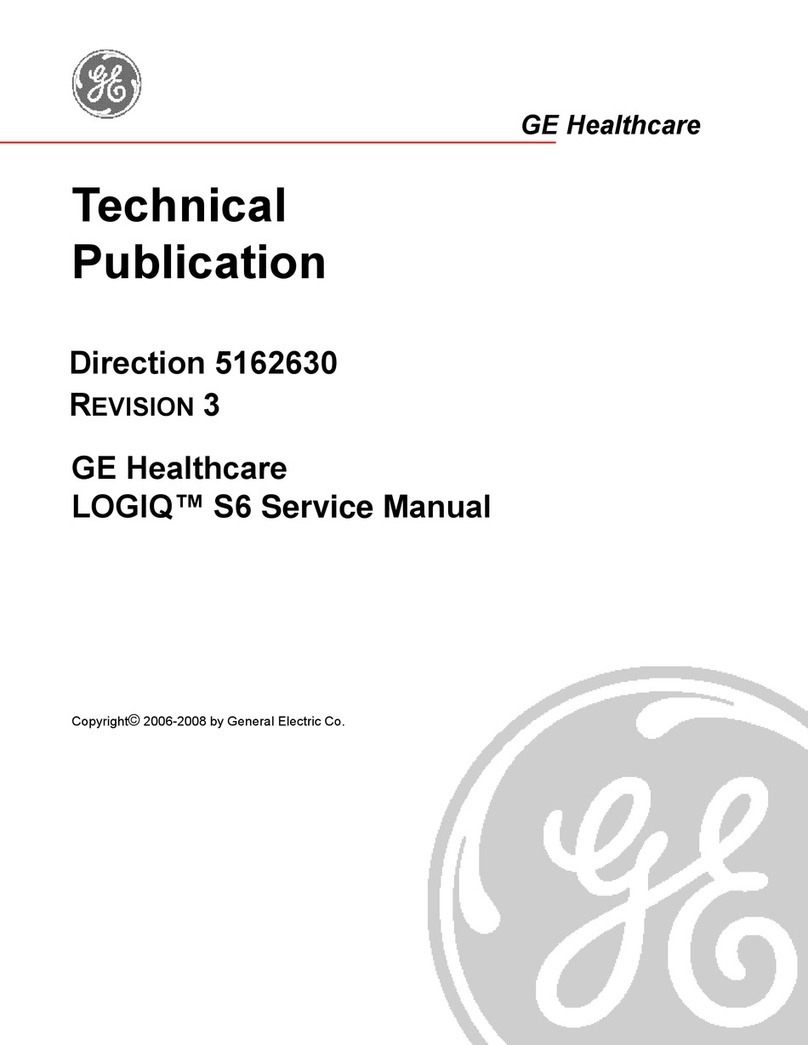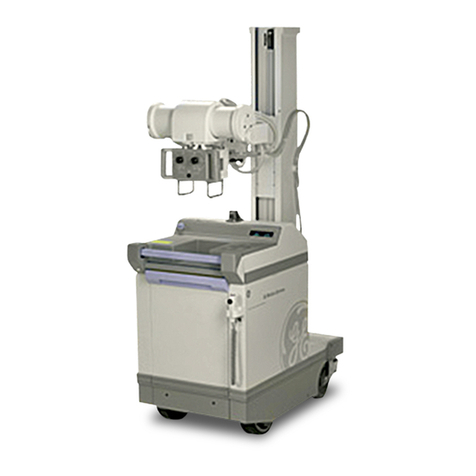
CONTENTS
REVISION HISTORY………………………………………………………………………i-1
1. GENERAL.......................................................................................................1-2
2. SAFETY ..........................................................................................................2-2
2.1 Important Instructions for Safety ...................................................................................... 2-2
2.2 Electric installation.............................................................................................................. 2-3
2.3 Symbols used ........................................................................................................................ 2-3
2.4 Remarks for safe Use........................................................................................................... 2-5
2.5 Environmental Conditions for Operation ......................................................................... 2-6
2.6 Instruction for Use............................................................................................................... 2-6
2.7 Biopsy Lines ......................................................................................................................... 2-7
2.8 ECG-preamplifier (MAN)................................................................................................... 2-7
2.9 Cleaning and Maintenance ................................................................................................. 2-8
2.10 Safety Test ............................................................................................................................ 2-8
2.11 Manufacturer Responsibility.............................................................................................. 2-9
2.12 Service Documents...............................................................................................................2-9
2.13 Basic interaction between Ultrasound and Matter ........................................................... 2-9
2.13.1 Bioeffects......................................................................................................................... 2-9
2.13.2 Intensities Measured in Water and recalculated In Situ ................................................ 2-11
2.13.3 Derivation and Meaning of the thermal and mechanical Indices .................................. 2-12
2.13.4 FDA-Limits for Acoustic Output and Bioeffects .......................................................... 2-15
2.13.5 Summary........................................................................................................................ 2-15
2.13.6 Display Accuracy of the Indices.................................................................................... 2-16
2.13.7 Recommendation to use and for the Need for following the ALARA Principle........... 2-16
2.13.8 Notes for Acoustic Output Tables for Track 3 .............................................................. 2-17
2.13.9 Acoustic Measurement Uncertainties ............................................................................ 2-18
2.13.10 Acoustic Output Tables ................................................................................................. 2-18
2.14 3D-Resolution and Sensitivity........................................................................................... 2-19
2.15 Measurement Accuracy of the System............................................................................. 2-20
2.16 Disposal............................................................................................................................... 2-20
Voluson®730 - Instruction Manual
105838 Rev. 3 CONTENTS - 1
